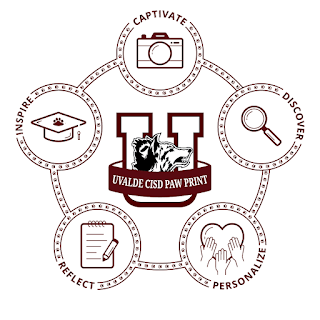Intro to Digital Citizenship - Week 4 Reflection and Resources
Early in this course, we were asked to respond on the difference between citizenship and digital citizenship. This activity gave me the opportunity to really reflect on the topic and my own perspective. Through this I realized that to be a good citizen is to be a good digital citizen. Technology is a part of everything we do either directly or indirectly. I bring this all up because I made a similar realization this week on the topic of cyberbullying. Cyberbullying is bullying, in today’s world, there should not be a difference, and it is up to the adults in education to prioritize student’s understanding of the magnitude and ramifications associated with all bullying. In Monica Lewinsky’s TedTalk, The Price of Shame, she mentions her mom’s reaction to the loss of a young boy who experienced cyberbullying and took his own life. I thought about how in the time before social media existed, that boy may still have been tormented and bullied for his actions, but the reach of that coul...

